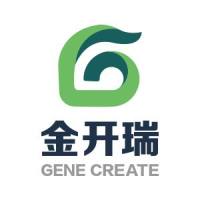Plant Viroids: Isolation, Characterization/Detection, and Analysis
互联网
408
When Diener discovered Potato spindle tuber viroid in 1971 (Diener, Virology 45:411–428, 1971), only a limited number of techniques were available for plant virus detection and purification. Biological assays using indicator hosts showing characteristic symptoms of infection and able to support high levels of viroid replication played a critical role in viroid detection and characterization. Polyacrylamide gel electrophoresis (PAGE) was the first molecular technique to be used for the rapid (2–3 days) identification of viroid-infected plants. Because it is the only diagnostic method that is sequence-independent, PAGE under denaturing conditions continues to play a key role in the identification of new viroids. Starting in the early 1980s, dot blot hybridization began to replace PAGE for routine viroid diagnosis. The first diagnostic protocols based on reverse transcription-polymerase chain reaction (RT-PCR) appeared approximately 10 years later, and much effort has subsequently been devoted to simplifying the sample preparation procedure and identifying group-specific primer pairs. This chapter describes four simple, easy-to-follow protocols—two involving PAGE and two others based on enzymatic amplification of viroid cDNAs—that currently play key roles in viroid discovery and characterization.








